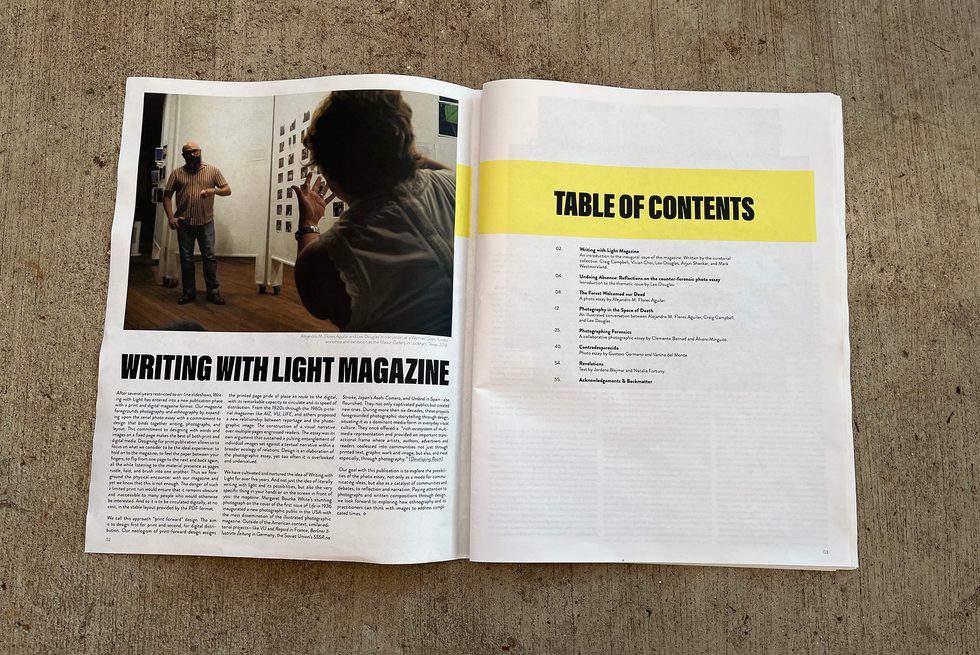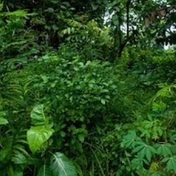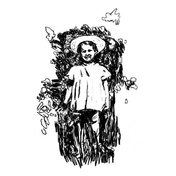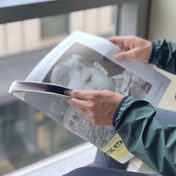
Before it was the subject of medical and, thereafter, forensic scrutiny, the body had long been a locus of image-making practices. Such a reminder—more so than an intervention—is offered by German art historian and theorist Hans Belting in his study An Anthropology of Images: Picture, Medium, Body (2011). In it, Belting instructs the reader that image-making is in a primordial sense historically and archeologically linked to burials and funerary rites, wherein image-making is the result of producing the meta-physical, connecting the body of the deceased to the fresh body of the image. This linkage goes beyond the semiotics of the replica to the leveling of two mediums in a shared material plane, providing images of the deceased an ontological weight capable of unearthing the particularities of human existence at any given point. Yet, what of violently-produced mass burials in times of mass-reproduced images? Does the material and ontological intimacy between image and body still hold with photography? Belting cites Barthes’ reckoning with the photograph as a sui generis form of imaging, one “which produces death while trying to preserve life” (2011, 144). In this sense, unlike sarcophagi capturing in eternity the body they bear, photographs seem to matter most when their testimonial value speaks of a presence lacking material continuation, a body that is (still) missing; unlike the heralding of an afterlife present in burial image-making reserved for ruling elites, photography in the scene of modern genocide is tied to sharable mementos of widespread thirst for sociopolitical transformation, their vigor only dissipating as long as the efficacious mechanisms of disappearance and silence remain in place. Given its generative dialectics of appearance/disappearance and absence/presence as a medium, photography then becomes an inevitable companion for contemporary forensic reconstructions of human existence in the face of the systematic production of death.
The present review forum surrounding Writing with Light magazine’s first issue, “Photography and Forensics,” speaks to these reflections and many more; offering an illustrative approach that pays particular attention to design and layout. Contributions range from the deeply personal and familiar to ethnographically situated cases in contexts of enduring sociopolitical violence—some even beyond the Hispanosphere that this first issue focuses on. This forum brings together six renowned scholars whose research revolves around photography, anthropology, forensics, and the relationship between them all, a forum that serves as testament for the continuing need for engaged multimodal scholarship in both print and digital realms.
— Alejandro Jaramillo, ed.
References
Belting, Hans. 2011. An Anthropology of Images: Picture, Medium, Body. Princeton, N.J.: Princeton University Press.
Posts in This Series
Phantom Militarism and Counter-Forensics
This special issue of Writing with Light (WwL) on the use of forensic imaging in the process of searching for the disappeared tackles a wide variety of topics. ... More

Haunting, Opacity, and the Contra-Forensic Image
The seven bodies were pulled from the well and laid out on display. Photographs were taken. An autopsy report was prepared. Bloodstained clothing riddled with b... More

Engraved: A Family Forensics
“Circulated ‘as if’ they were evidence submissible to courts of law, forensic photographs—like human remains—are evidence of crimes. They are also something els... More

On Design, Evidence, and X-Ray Vision in “Contradesaparecido” in Writing with Light, Issue 1
I want to start with a note of appreciation to the Writing With Light Collective on an extraordinary first issue. The space will be instrumental for all of us w... More
The Photo-Essay’s Bark
The compelling force of the photo-essay as a format is, among others, its ability to weave a complex social encounter through entangled visual and interpretativ... More

Histr’y Ain’t Got the Eyes to See Everything
“These things never happen in histr’y an’ even if they did, histr’y ain’t got the eyes to see everything.”—In the Castle of my Skin, George Lamming (1953) A dec... More